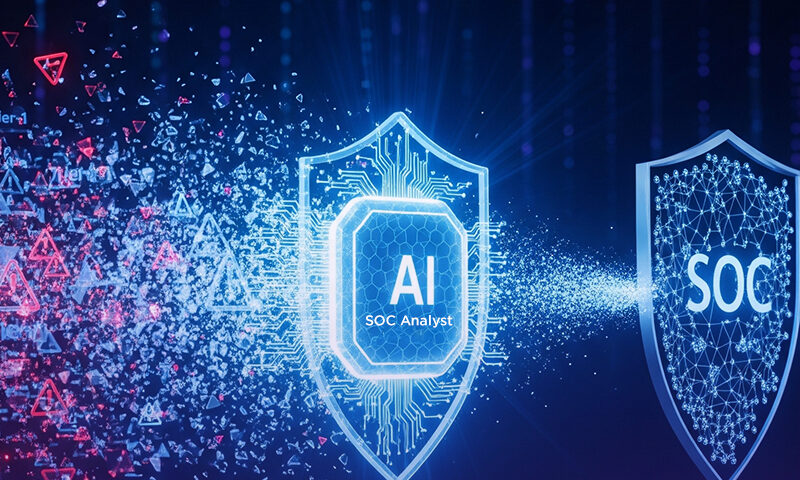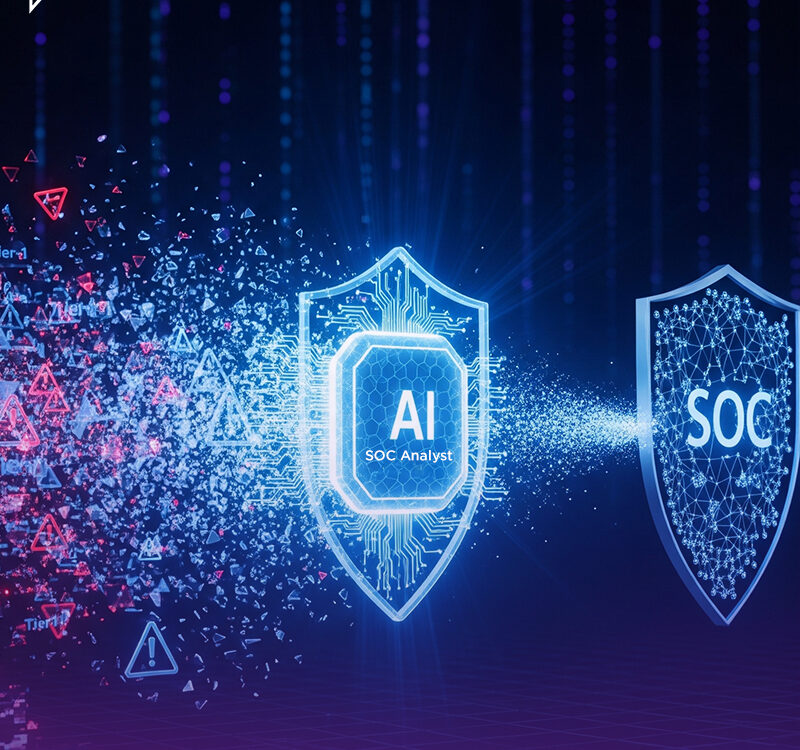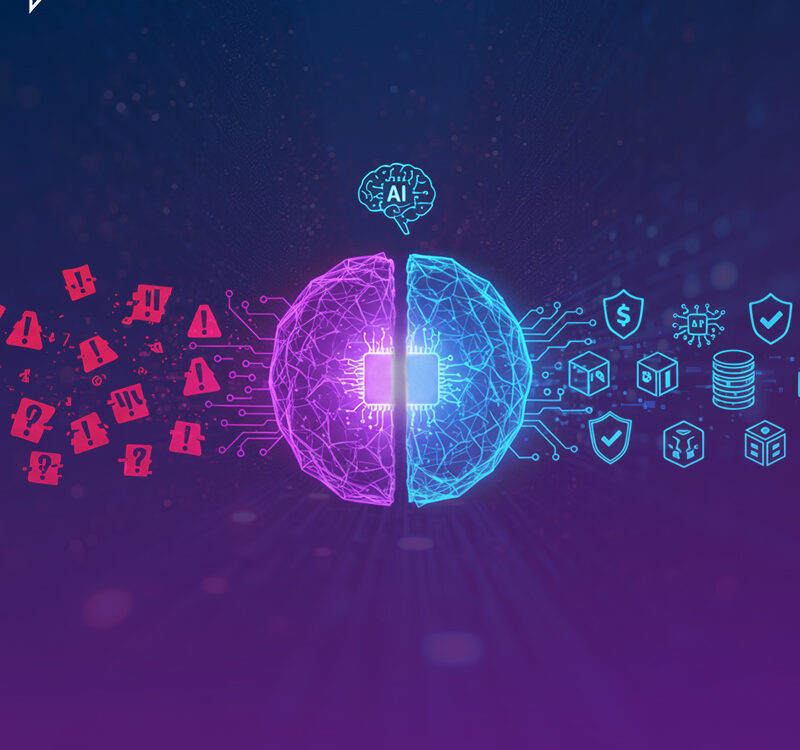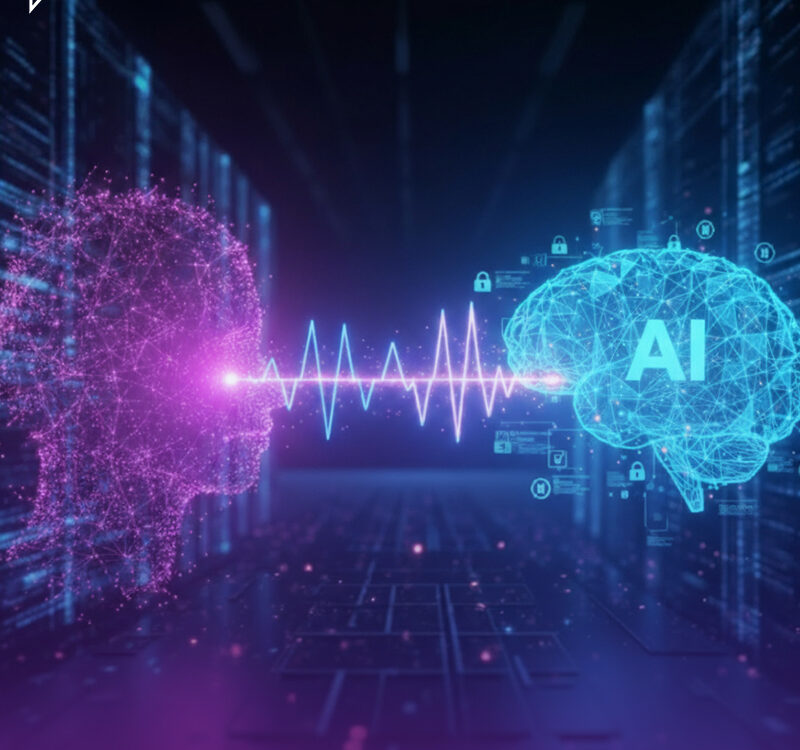
Why We Reimagined the Future of Security Operations
June 27, 2025
6 Key Reasons: Why AI SOC Analysts Are a Better Bet Than Human L1s
July 7, 2025
Why We Reimagined the Future of Security Operations
June 27, 2025
6 Key Reasons: Why AI SOC Analysts Are a Better Bet Than Human L1s
July 7, 2025Table of contents
Are AI SOC Analysts the future or just another passing buzzword?
Security leaders are asking this question more frequently than ever and they should. After years of inflated claims and underwhelming chatbot demos, the phrase "AI SOC Analyst" often sounds like yet another tech mirage. But it’s not. Not anymore. AI SOC Analysts are already redefining the role of Tier 1 response in real environments, and ignoring this shift risks operational stagnation.
Let’s get one thing straight: AI SOC Analysts aren’t about replacing humans. They’re about removing the drudgery from L1 workflows so human analysts can focus on complex threat response, investigation, and strategy. This isn’t job displacement. It’s role evolution.
What exactly is an AI SOC Analyst?
When you hear "AI SOC Analyst," it’s easy to picture a robot handling security tickets, but the reality is quite different. An AI SOC Analyst is a collection of specialized AI agents embedded within Security Operations Center workflows that autonomously perform Level 1 (L1) security tasks in context and real time.
In platforms like SIRP, this means AI agents that:
- Automatically classify alerts based on log context and historical data
- Reduce alert noise by identifying false positives
- Correlate related alerts to reveal broader incident context
- Enrich alerts with internal and external threat intelligence
- Prioritize incidents dynamically using risk and asset criticality scoring
These agents work within a security-aware framework that continually learns from feedback and evolving telemetry. Unlike generic AI chatbots, they operate with purpose-built understanding of security environments.
Why traditional SOCs are under pressure
Today’s SOCs are drowning in alerts. Human analysts face tens of thousands of daily events, most of which are repetitive, noisy, or false. With manual triage, enrichment, and assignment processes in place, response times lag far behind attacker dwell times. Add in a shortage of trained analysts and ever-expanding attack surfaces, and you have a broken model.
Organizations are seeing average breach containment times measured in months, not minutes. This is largely due to:
- Overwhelming alert volume and duplication
- Manual and time-consuming L1 triage and correlation
- Difficulty scaling human resources fast enough to meet demand
This bottleneck isn’t just operational, it’s a security risk.
How AI SOC Analysts help but don’t replace humans
AI SOC Analysts don’t replace people; they remove blockers. Instead of spending hours clearing false positives or assigning cases based on shift availability, human analysts can spend their time where they’re truly valuable: making nuanced decisions, performing root cause analysis, and leading threat-hunting campaigns.
Examples of where AI agents take over:
- Triage and classification of phishing and malware alerts
- Deduplication of near-identical alerts across data sources
- Initial enrichment of alert metadata with threat intelligence
- Suggesting next actions or runbooks for incident responders
This foundational automation frees up human capacity, shifting analysts from ticket closers to threat mitigators.
What does a modern SOC look like with AI assistance?
A next-generation SOC leverages AI agents not as assistants, but as autonomous collaborators. Here’s what changes:
- AI agents handle initial alert triage, enrichment, correlation, and prioritization
- Severity scoring is dynamic, based on asset sensitivity, user behavior, and threat history
- Suggested response actions and runbooks are auto-surfaced
- Analysts only step in when ambiguity, escalation, or risk dictates human judgment
The result: Reduced MTTD/MTTR, increased throughput, fewer missed threats, and a more resilient security posture.
Platforms like SIRP already enable this with their OmniSense engine and agentic mesh architecture, designed to orchestrate alert-level decision making across real time security data without human bottlenecks.
Challenges and considerations
No technology is plug and play, and AI in the SOC is no exception. Successful adoption of AI SOC Analysts depends on:
- Architectures that support real time learning and contextual understanding
- Seamless integration with SIEM, EDR, and ticketing systems
- Transparent and explainable outputs to maintain analyst trust
- Regular feedback loops for continuous model improvement
Agentic AI works best when its boundaries are well defined and outcomes are traceable. Mature deployments emphasize human-machine collaboration, not full autonomy.
Is it hype? No. It’s here. And it’s working.
The idea of AI SOC Analysts is not speculative. It's production grade. Organizations already leveraging agentic automation are seeing dramatic reductions in L1 workload and operational overhead. And with platforms like SIRP leading the way, the shift isn’t just possible, it’s inevitable.
This isn’t about removing humans. It’s about removing inefficiency. AI is not the end of the analyst, it’s the beginning of a smarter, faster, more resilient SOC.




